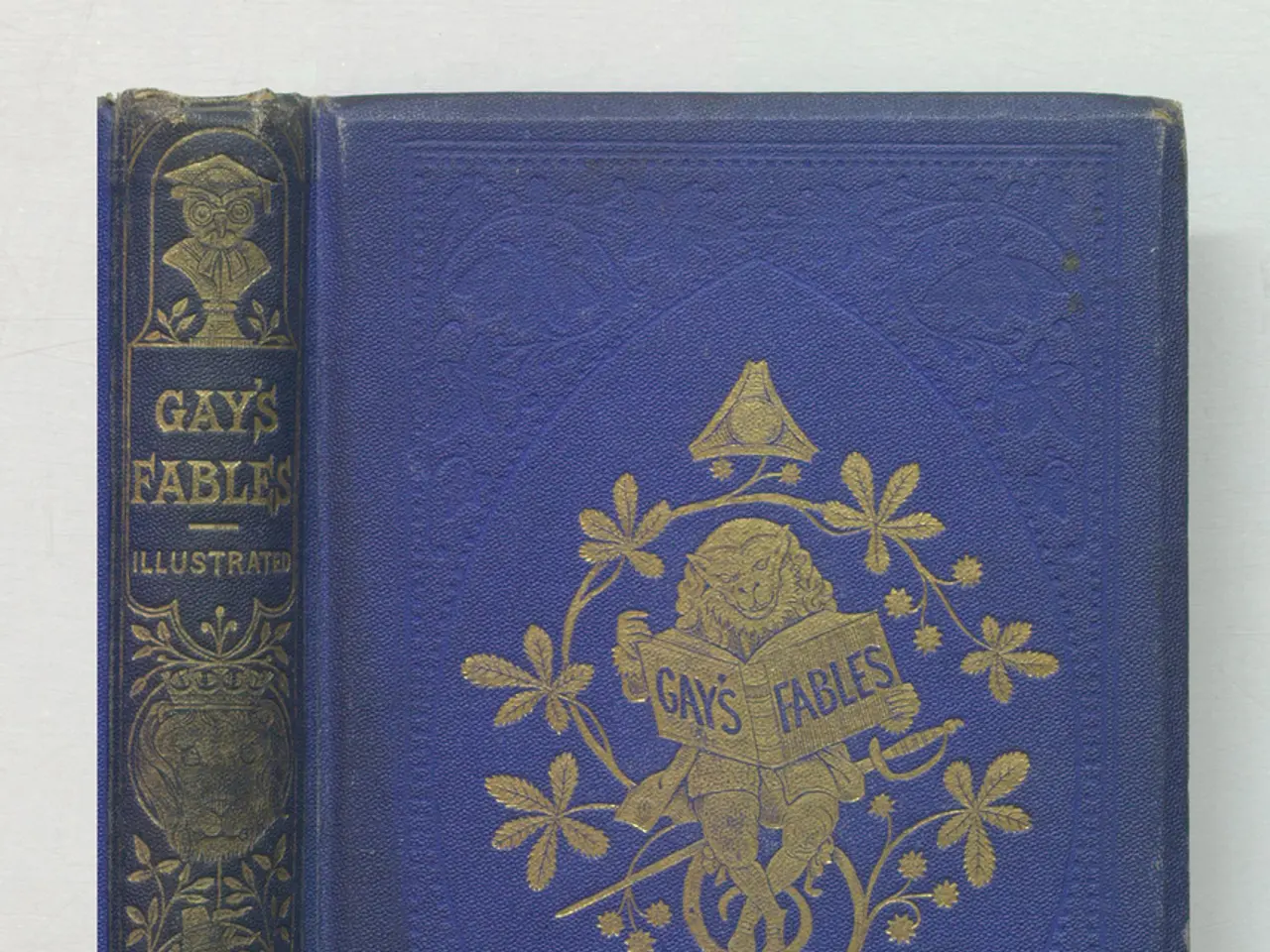Reflecting upon our Predecessors in the Glass
The District Six Museum, in collaboration with the GALA queer archive, has recently unveiled the impactful exhibition, "Kewpie: Daughter of District 6." This groundbreaking show has brought to light the life and legacy of Kewpie, a gender-fluid hairdresser and iconic queer figure from District Six, who was an integral part of local queer nightlife in the culturally diverse area.
Kewpie (1941-2012) was known amongst her friends and the wider community as a moffie, an Afrikaans term often used to derogate effeminate men or gender non-conforming people. However, Kewpie's gender identity was fluid, and she was often referred to as a sister or girl by her friends.
The exhibition revives Kewpie's role as a vibrant force in local queer history, showcasing how LGBTQIA+ people have always existed and lived unapologetically throughout South African history. By invoking Kewpie's story, the exhibition bridges contemporary queer life with ancestors' experiences in a space that acknowledges both historical oppression and vibrant cultural resistance.
The "Kewpie: Daughter of District 6" exhibition features over 100 photographic prints capturing the lives of Cape Town's LGBTQIA+ community between the 1950s and 1980s. These images offer many queer people the opportunity to reclaim a connection to their kinfolk. The archive also serves as a catalyst for overdue recognition of and conversations about gender diversity.
The exhibition has sparked intergenerational conversations about queer histories, leading to a Heritage Day March where people of all ages revisited historical sites featured in the photographic archive. The need to create a secret language was as much an act of creativity as it was an act of survival, especially during the violent and insidious process of forced removals under the Group Areas Act from 1968.
The exhibition has had a significant impact on the LGBTQIA+ community in South Africa by honouring and celebrating Kewpie's life and legacy. By elevating the work of the previous generation and pushing artistic practices into new, uncharted territories, the exhibition has inspired South African youth to reclaim space in the District Six area and reconnect with their ancestry.
For LGBTQIA+ communities of colour, recognising where they came from is essential to knowing who they are and where to go next. By commemorating the resilience of the (Tr)ancestors that came before them, young LGBTQIA+ South Africans have finally been able to see themselves on the timeline.
The exhibition also sheds light on the lesser-known aspect of South African history, documenting LGBTQIA+ resilience from the 1950s and 1980s. Participants like Cheshire V and Queezy Babaz have expressed that the mechanics and reality of apartheid are still at play in Cape Town, and that their occupation of space is part of reclaiming the land.
In conclusion, "Kewpie: Daughter of District 6" impacts the LGBTQIA+ community by celebrating an important queer ancestor, fostering visibility, reclaiming historical narratives, and strengthening ties to ancestral roots within District Six, thereby enhancing identity affirmation and cultural continuity for queer South Africans.
- The exhibition, "Kewpie: Daughter of District 6," has highlighted the role of magazines and books, serving as crucial resources for exploring Kewpie's life, gender identity, and impact on the local community.
- Social media platforms have been abuzz with discussions about Kewpie, bridging gaps between generations and inviting participants to share their perspectives on pop-culture, fashion-and-beauty, and identity.
- For some, the story of Kewpie resonates with narratives found in sci-fi and fantasy, offering a perpetuation of queer narratives and glorying those who defied societal norms.
- Intriguingly, Kewpie's story intertwines with general news outlets, demonstrating that her life was not merely limited to District Six but reached broader spheres of society, including celebrities and the wider entertainment industry.
- As a vibrant, gender-fluid figure in the local queer community, Kewpie's journey has shed light on the significance of education-and-self-development, emphasizing the importance of self-reflection and personal growth.
- Kewpie's activism in the arts, culture, and nightlife of District Six parallels the ongoing efforts of contemporary activists pushing for equality and celebrating diversity in South Africa and beyond.
- The exhibition's emphasis on sports, drawing attention to local queer athletes, has further emphasized the importance of inclusivity and visibility in traditionally conservative spaces.
- Furthermore, the weather during the Heritage Day March left attendees braving chilly conditions to revisit the historical sites featured in the exhibition, demonstrating unwavering commitment and dedication to the cause.
- Surprisingly, even the casino-and-gambling industry, known for its fast-paced excitement and entertainment, has been indirectly influenced by Kewpie's story, hinting at the far-reaching impacts of queer history and rebellion.




